The beginner’s guide to the F1 Constructors’ Championship
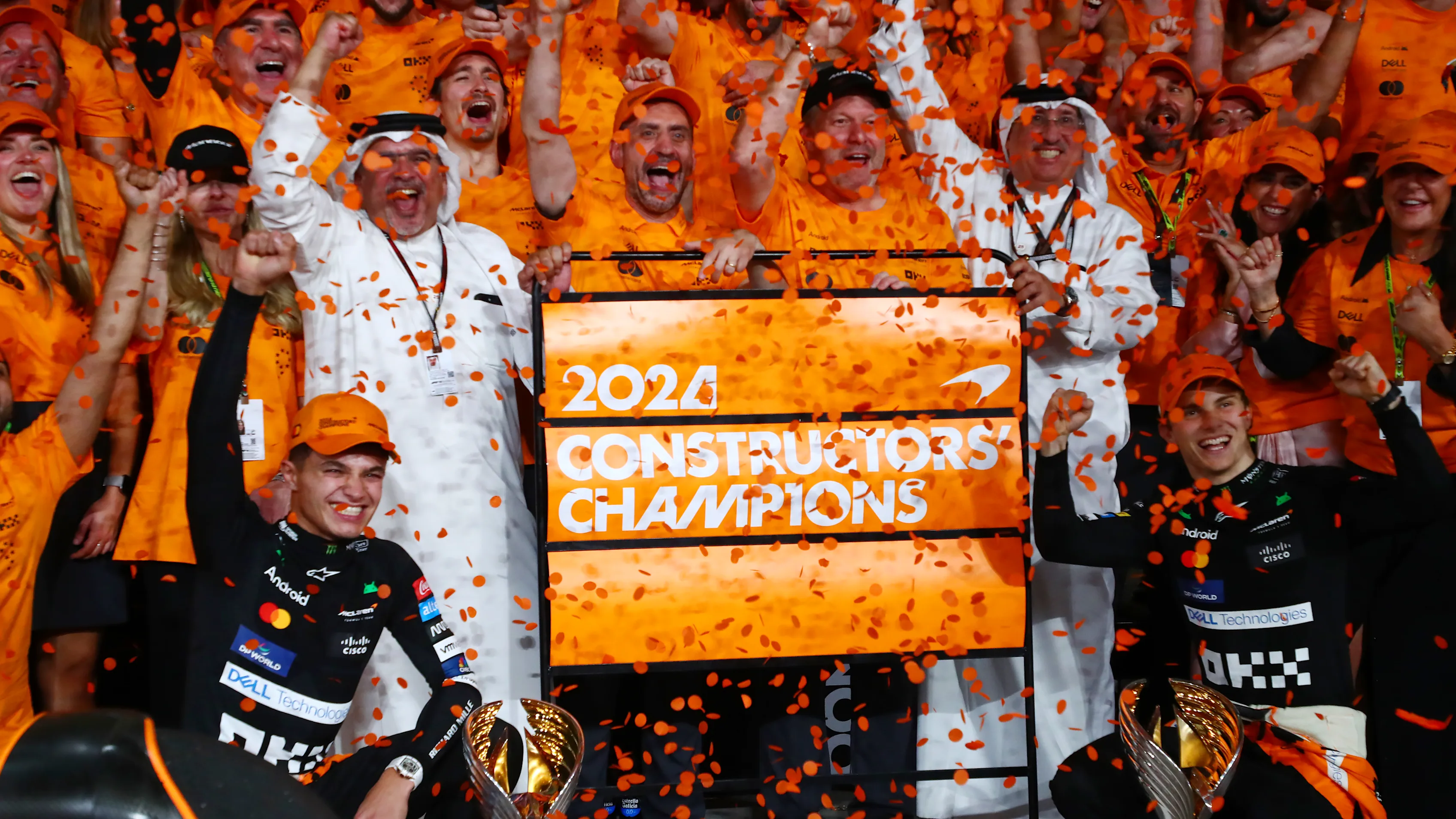
Our beginner’s guide provides all you need to know about the Formula 1 Constructors’ Championship, explaining what it is, how it works and why it’s so important, as well as answering some frequently asked questions.
What is the F1 Constructors’ Championship?
The Constructor’s Championship – or, to give it its proper title, the FIA Formula One World Championship for Constructors – is one of the two world championships contested in Formula 1. The F1 team with the most championship points at the end of the season becomes the world champions.
Each championship (the other being the coveted Drivers’ Championship) runs side-by-side during the season, and it’s the Constructors’ Championship that all F1’s teams are fighting for – that’s Alpine, Aston Martin, Ferrari, Haas, Kick Sauber, McLaren, Mercedes, Racing Bulls, Red Bull and Williams.
READ MORE: Everything you need to know about F1 – Drivers, teams, cars, circuits and more
Which title has more value is a matter of perspective. Understandably, the Drivers’ Championship captures the imagination of the public and so consumes most of the media attention – but for the majority of people working within those teams, the Constructors’ Championship remains the bigger prize, in both the literal and figurative sense.
When the first F1 world championship took place in 1950 it was only for drivers. The Constructors’ Championship didn’t come along until 1958. It’s had many scoring systems since then but the current iteration, used since 1991, is the most straightforward. Each team enters two cars at each race. All of the points scored across the season by both cars are added together, and this is the team’s points total in the Constructors’ Championship.
It is important to note this is the aggregate of two cars, not two drivers. The Sporting Regulations allow each team to use up to four drivers across the season, and all of their points will count in the Constructors’ Championship. Thus, in 2023 AlphaTauri (known today as Racing Bulls) had Yuki Tsunoda drive the whole season, with Nyck de Vries, Daniel Ricciardo and Liam Lawson sharing the other car. The Italian team finished eighth in the championship with 25 points – Tsunoda scoring 17, Ricciardo six and Lawson two.
The scoring system awards championship points for the first ten finishers at each Grand Prix, with 25 points for the winner, before scaling down to 18, 15, 12, 10, 8, 6, 4, 2, and a single point for 10th-place. There’s more points available for success in the F1 Sprint. The team with the most points at the end of the year wins the title. No end of season play-offs.
READ MORE: The beginner’s guide to the F1 Drivers’ Championship
What do F1 teams get for winning?
Formula 1’s prize money is allocated according to finishing position within the Constructors’ Championship, and usually this is reflected in the bonuses paid to team staff at the end of the year – but more than that, it’s bragging rights and the respect of peers – sometimes even a little bit more garage space if there’s an odd number of units in the pit-building!
F1 drivers don’t get prize money for winning, though they’ll likely also receive a nice financial bonus on top of the base salary they’re paid by their team, so the Constructors’ Championship is taken very seriously.
Even though an F1 team might clinch the title before the end of the campaign (when it’s no longer mathematically possible for anyone else to catch them), it’s at the end of the season that the team with the most championship points officially receives the historic FIA Formula One World Constructors’ Championship Trophy.
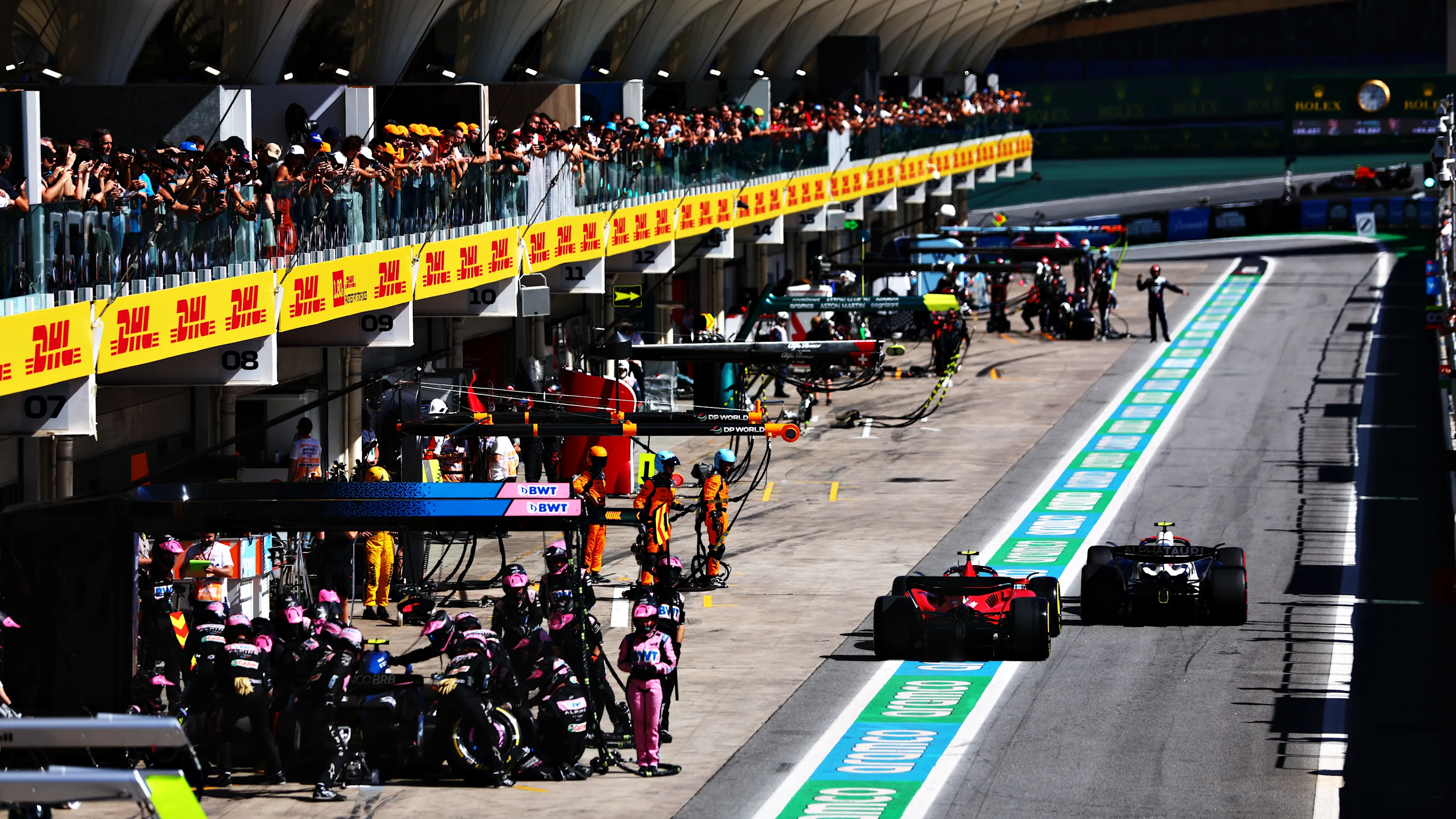
What difference does a Constructors’ Championship position make?
In a sport where a tiny fraction of a second can be the difference between victory and defeat, a team’s position in the championship has a huge impact.
Firstly, there’s a lot of money at stake, with championship finishing position determining how much a team receives. It wouldn’t be unreasonable to state the battles at the bottom of the table are just as fierce as those at the top – possibly more so, given the very real impact those positions have on the following year’s budget. Today, a more equitable distribution of prize money and a cap on how much a team can spend mean the playing field is closer to level – but the difference between positions is still worth millions.
READ MORE: The beginner's guide to F1 pre-season testing
There’s also the sliding scale of aerodynamic testing to consider. Teams are only given so much time to develop their machines using sophisticated computer simulations (known as computational fluid dynamics – or CFD), and so many test runs using a wind tunnel. This allowance is restricted for the top-ranking teams (the team at the top only gets 70% of their allowance) but increased for those at the bottom (the team at the bottom get 115% of their allowance). Of course, while more development opportunities are great, it’s all about how a team uses that allocation…
The position of each team’s garage in the pit lane is also determined by its finishing position in the previous season’s Constructors’ Championship. The champions work out of the space nearest the pit lane entrance, running down the order to the team who finishes last, who have the garages nearest the pit exit.
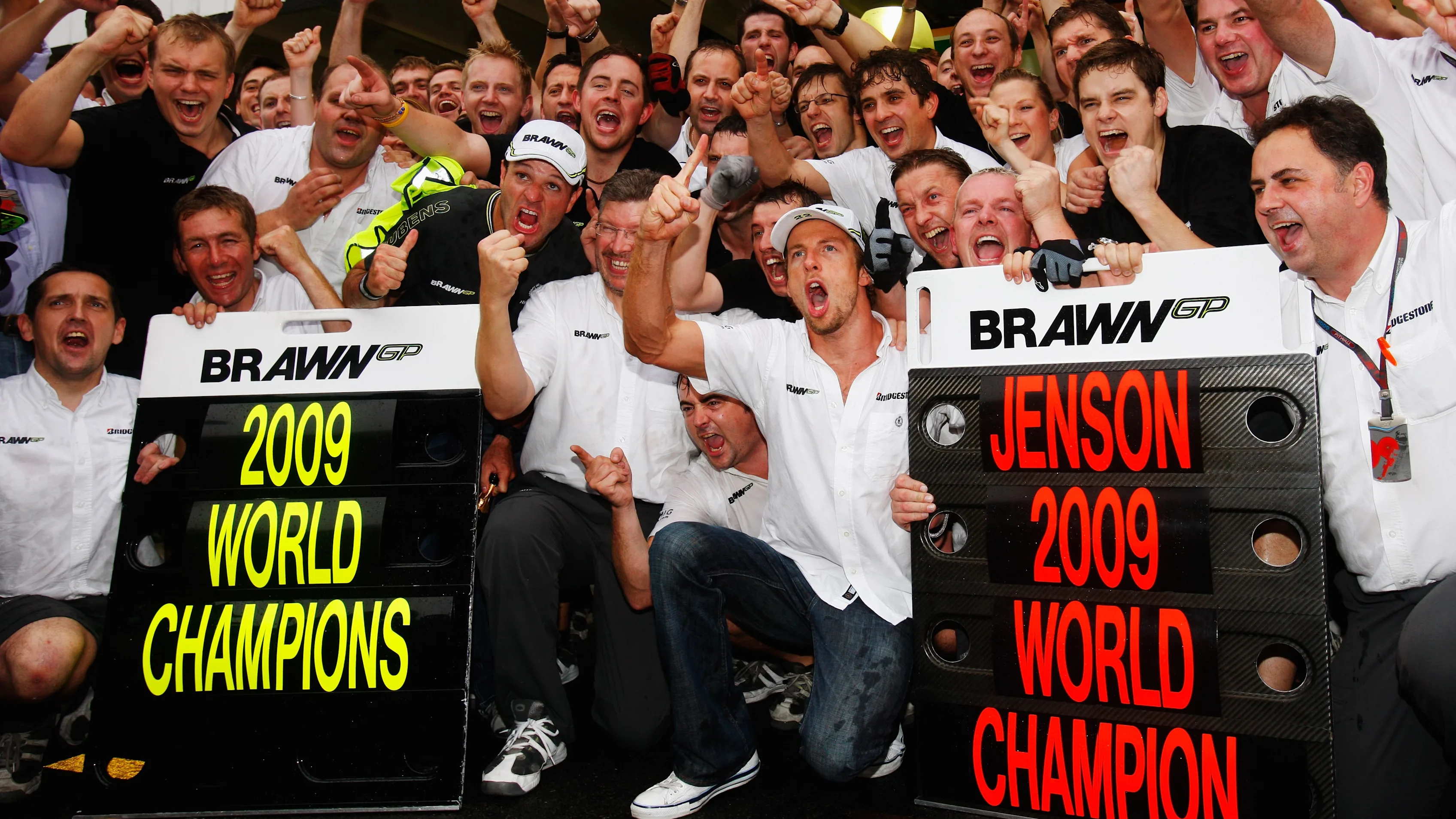
It’s slightly advantageous to drivers of the championship-winning team, as they get a clear sight of their pit crew waiting to receive them and can line-up their pit stops without having to dodge around other teams. That’s very helpful at places like Monaco and Zandvoort, where a very short pit lane is often congested and other drivers have to dive into their pit box at an acute angle.
On the flip side, the first pit box in the pit lane can also be the most difficult to get out from when there’s heavy traffic with lots of cars pitting at the same time.
It all means teams are battling for every position, even when they don’t have a realistic chance of scoring points – that 12th or 13th place in a race could be critical. Also, no one wants to be last.
READ MORE: The beginner’s guide to the F1 weekend
Does the Constructors’ Championship influence the races?
Strategies are usually based around scoring maximum points for the team, rather than for any individual driver. Sometimes drivers – often a little grudgingly – may have to sacrifice their own race for the greater good. At the most basic level, this might involve letting a quicker team mate past, but it’s also things like allowing the team to run two different race strategies – for example, having one car make a single pit stop and the other make two stops. When this happens, the rule of thumb tends to be that the quicker driver gets the optimum strategy.
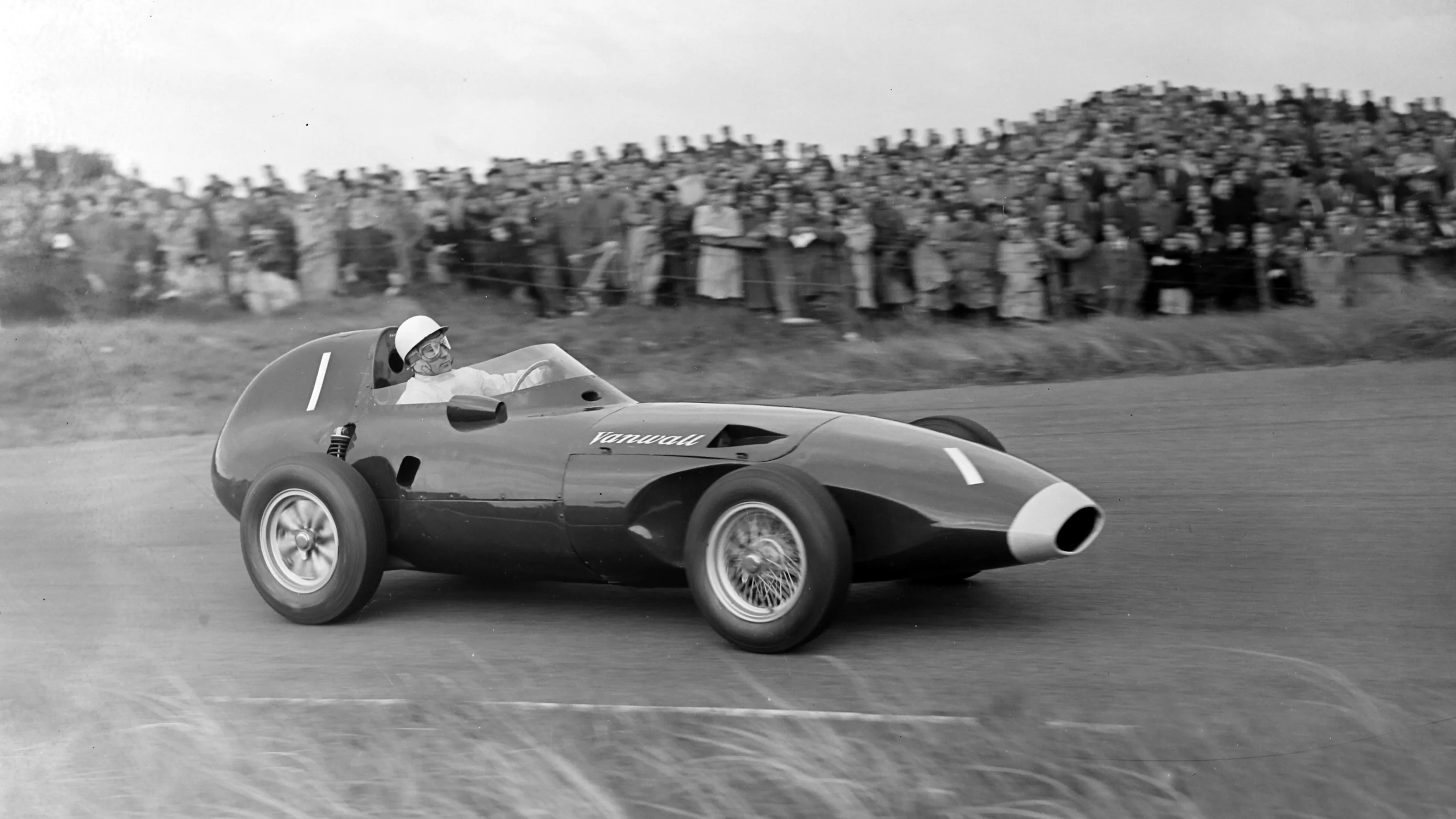
How many teams have won the championship?
15 teams have won the Constructors’ Championship. Ferrari have the most with 16 titles, ahead of Williams and McLaren who each have nine, and Mercedes who have eight. Ferrari has been around a lot longer than any other team, as the Italian outfit have contested every Constructors’ Championship from the moment the title was first created. McLaren came along almost a decade after the championship began, and with Williams it was two decades. Mercedes, on the other hand, first contested the Constructors’ Championship in 2010 and won an unprecedented eight-in-a-row between 2014-2021.
Then there’s the case of Mercedes’ predecessor, Brawn GP. They raced in F1 for one season in 2009 and they won the Constructors’ Championship that year. Thus, they have a perfect record – played one, won one.
READ MORE: The beginner’s guide to the F1 calendar
What happens if the teams are level on points at the end of the season?
Dead heats between teams happen reasonably often – though as yet never to decide the destination of the championship itself. Teams tied on points are separated according to race results and the team with more wins is placed higher. If two (or more) teams have the same number of wins, then it’s whichever has more second places. If they’re still tied after that, then it’s decided on third place finishes, then fourth and so on until a point of difference is reached.
All teams on the grid today are competitive and capable of scoring points, but historically this countback process was often the deciding factor between teams at the bottom of the table. For example, the last time a season concluded with two teams failing to score any points was 2014 – Sauber finished above Caterham, courtesy of having two 11th place finishes over Caterham’s single 11th place.
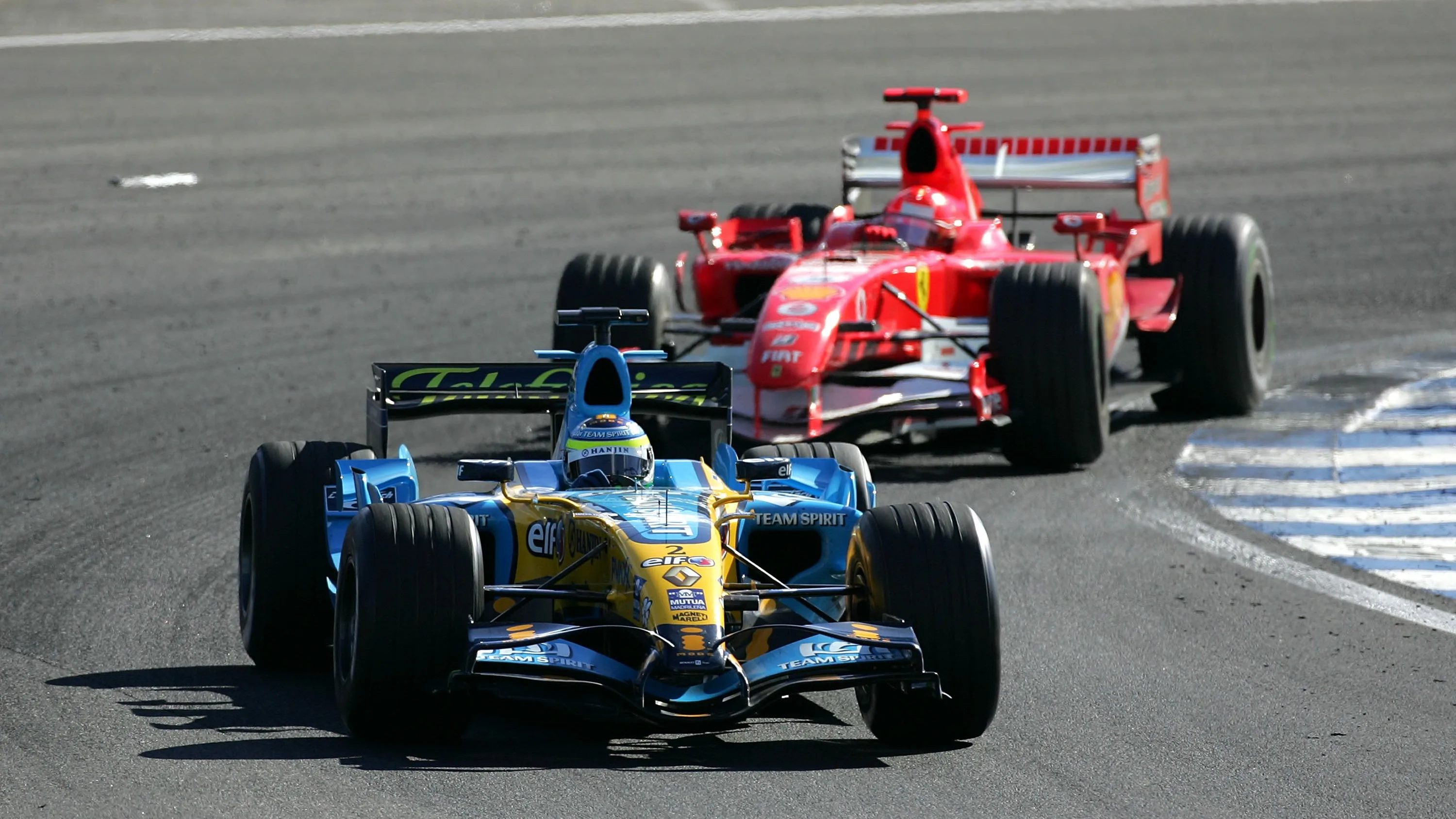
What’s the closest Constructors’ Championship finish?
There are a few ways of answering this. Ferrari clinched the Constructors’ Championship by three points in 1964, beating BRM across a ten-race season. Numerically, that’s the smallest points margin. However, if you like your percentages, Renault beat Ferrari in 2006 with 206 points vs 201 – a gap of 2.43%.
Both of those seasons are among the 19 seasons when the Constructors’ Championship has been decided at the final race of the season, the most recent of which was 2024 when McLaren pipped Ferrari in Abu Dhabi to clinch a first team title since 1998.
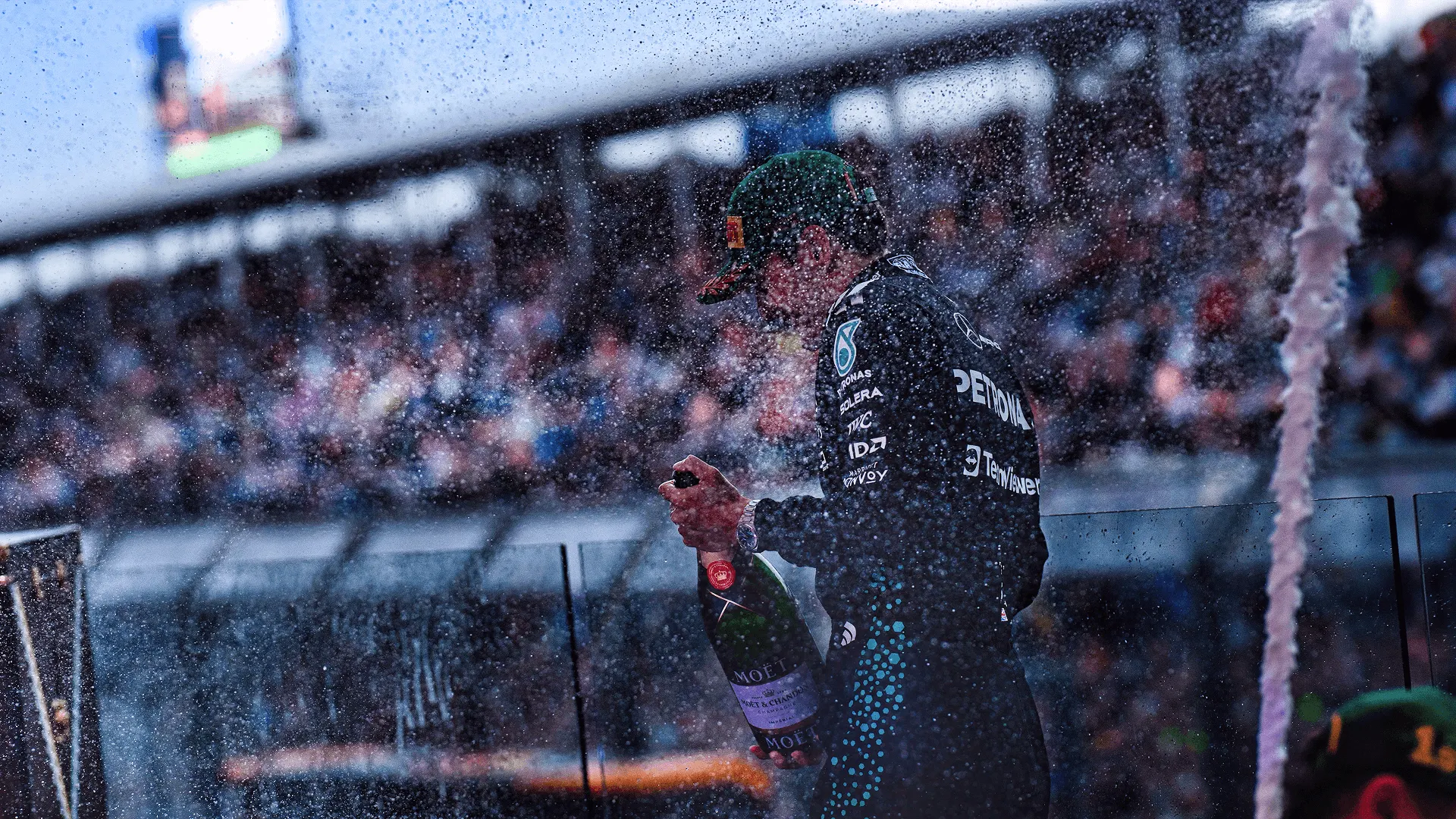
Next Up
Related Articles
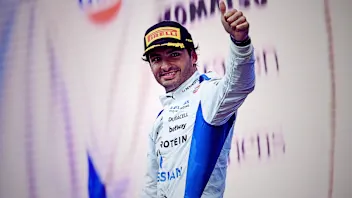 ExclusiveWhy Sainz feels ‘vindicated’ after his first Williams year
ExclusiveWhy Sainz feels ‘vindicated’ after his first Williams year Tremayne'Why I’ll always have a soft spot for Sauber'
Tremayne'Why I’ll always have a soft spot for Sauber' ExclusiveHow Bearman went from super-sub to star rookie in 2025
ExclusiveHow Bearman went from super-sub to star rookie in 2025 Marko ‘believed in me when others didn’t’ – Lindblad
Marko ‘believed in me when others didn’t’ – Lindblad ExclusiveWhy Gasly feels ‘ready for my time’ in F1
ExclusiveWhy Gasly feels ‘ready for my time’ in F1.webp) Winners & Losers5 Winners and 5 Losers from the 2025 season
Winners & Losers5 Winners and 5 Losers from the 2025 season